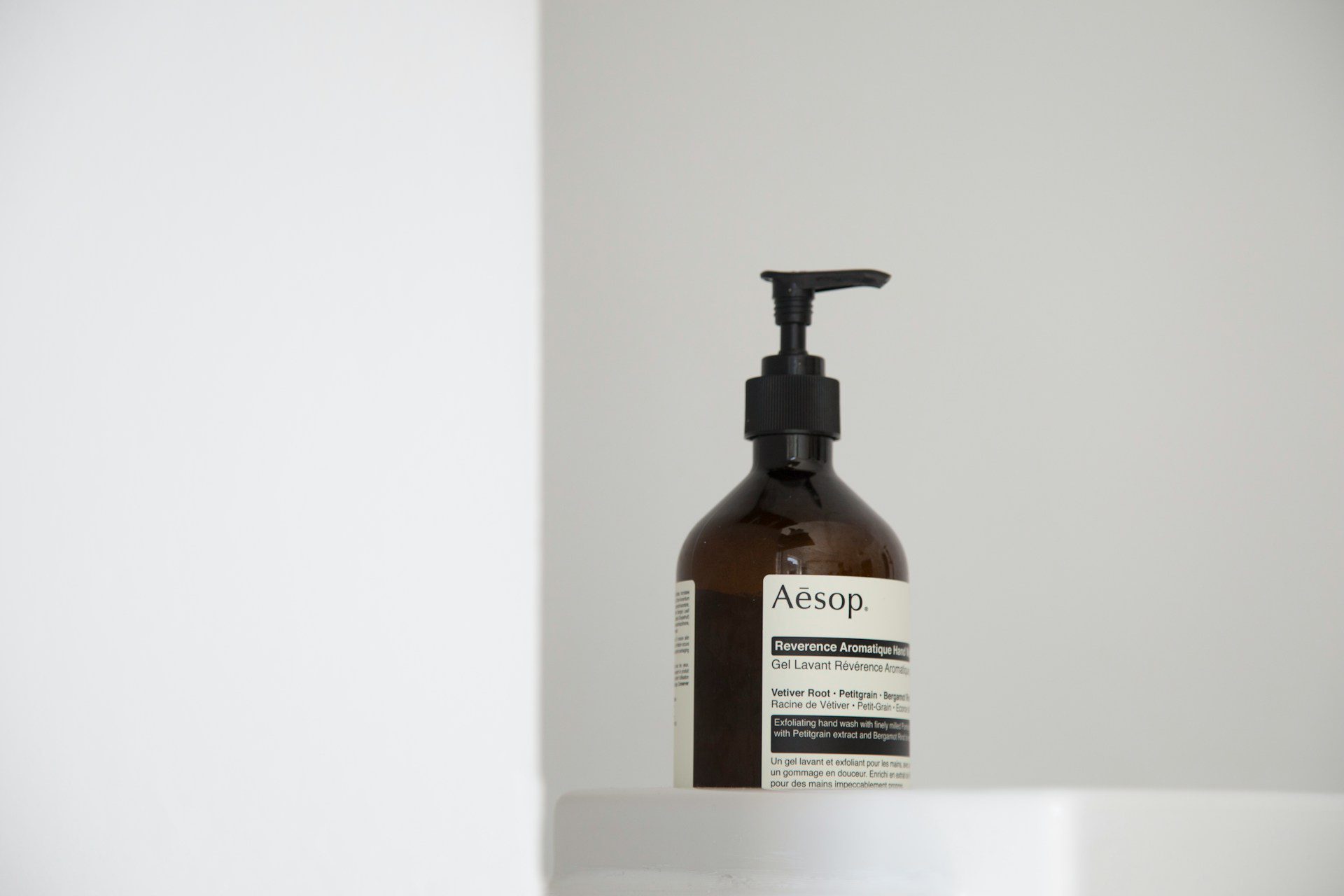
Photo by Charles Deluvio
When Dennis Paphitis opened a hair salon in Melbourne in 1987 he was not intending to build a multi-billion dollar brand. But that is what eventually happened.
Paphitis’ entrepreneurial journey began when he started to mix essential oils with the commercial hair colour products they were using in the salon to mask the unpleasant smell of ammonia.
“Clients responded well to these less aggressive aromas,” Paphitis explains.
“I then looked further into other ingredients and started work with a chemist on a small range of hair care products. Eventually the hair product extended to a hand and body product category and finally skin care. I started to think this could be developed into a more substantial offer if I gave myself fully to it.”
Paphitis initially called his new line of products ‘Emeis’, but then decided to opt for another name inspired by his Greek heritage and fondness for storytelling: Aesop.
Aesop has slowly but surely become inescapable. Visit any stylish home, restaurant or hotel and you will invariably find one of its distinctive apothecary-style little brown bottles of hand wash perched by the sink.
“All this was done without a great deal of commercial aspiration,” Paphitis says.
“I was simply interested in what was happening with the product and learning more about the science of manufacturing and ingredient sourcing, product shelf life: all the necessary components of developing product and trying to do something well. The idea was to use fewer, better ingredients in a smarter way.”
Despite having never undertaken any paid advertising, the brand has built up its presence through the kind of clever storytelling its name evokes.
Much of this is centred on an apparently relentless attention to detail, from the sourcing of the ingredients to the interiors of its hundred-plus boutique stores around the world.
It is said that even the finance department in Aesop’s head office are only permitted to use a specific colour palette when creating graphs and charts for their internal reports.
“I remember in my early teens working for my father in his barbershop after school and spending hours looking at all these strange tonics and grooming products for sale,” Paphitis has explained.
“The well-designed stuff that had been left untouched from the 1960s was so much more interesting than what was being churned out in the late ’70s. Sharp design endures, whether it’s a bottle cap or typography.”









